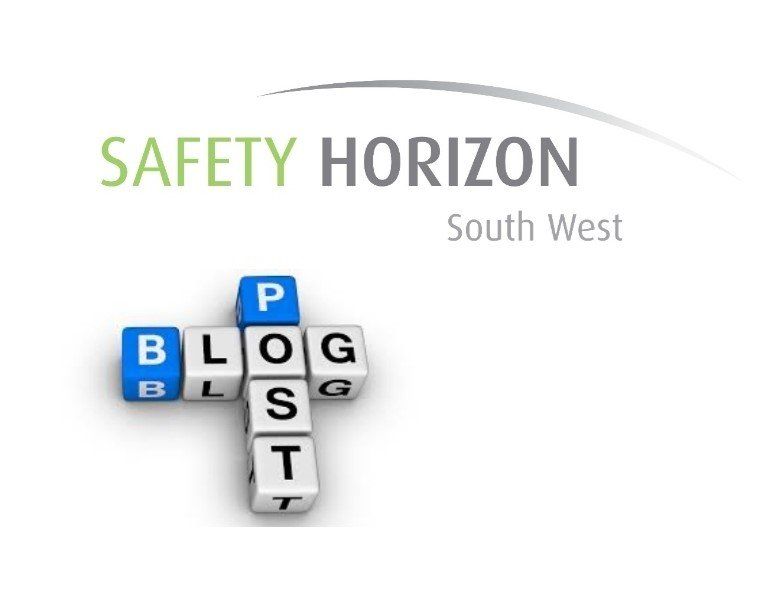Working at Height
FALLS FROM HEIGHT IS STILL THE BIGGEST ISSUE.....

Consistently, falls from height is still top of the HSE accident statistics with a high number resulting in fatalities. Although the exact figure has reduced in recent years there is still an issue with the decision-making of organisations and individuals.
TOP ISSUES
There are a number of factors which contribute to the lack of management of working at height activities. These include, but are not limited to:
· Working at height tasks are not correctly planned with little consideration to carrying out a ‘proper’ risk assessment.
· Lack of training. This doesn’t just include use of equipment but also awareness training and following proactive working at height principles.
· Inadequate protection introduced against falls from height.
· Selection of incorrect equipment for the tasks being undertaken. Too many people opting for ladders where alternative equipment could be used.
WHAT CAN YOU DO?
When planning any working at height tasks, there are a number of measures for you to consider before starting work.
Avoid:
Before you consider working from height can you:
· Construct at ground level and raise up using lifting equipment?
· Use extendable tools to complete the works from the floor?
Prevent:
If we must work at height can we prevent the risk of a fall by…
· Using exsisting safe work places such as a flat roof with edge protection
· Utilising collective protection such as MEWP’s or edge protected scaffolding
· Providing personal protection such as fall arrest systems
Minimise:
· Minimising the distance and consequence by installing safety netting and airbags/soft landing systems
· Providing personal protection such as harnessed work restraints.
Equipment:
It’s vital we ensure any equipment used...
· Is suitable and adequate for the job. Ladders if used should conform to EN131 trade/Class 1 industrial or professional.
· Is visually inspected before use to ensure no defects and thoroughly inspected every 6 months
· Scaffolding needs to be erected by trained and competent workers and regularly inspected.
· Harnesses and lifting straps need to be visually checked before use and thoroughly examined every 6 months
· Remember ladders should only be used for access and egress or for short, light duties with 3 points of contact maintained at all times and only used if a risk assessment determines that other equipment is not practicable to use.
Training:
Make sure all staff are trained…
· Hold regular tool box talks
· Make sure employees have working at height training
· Ensure all employees are aware of the statistics and are included in plans.
WE CAN HELP
Safety Horizon (South West) can offer support with working at height which includes specific classroom training, delivery of toolbox talks and preparation of risk assessment and policies. Contact us for more information.
Stay safe



